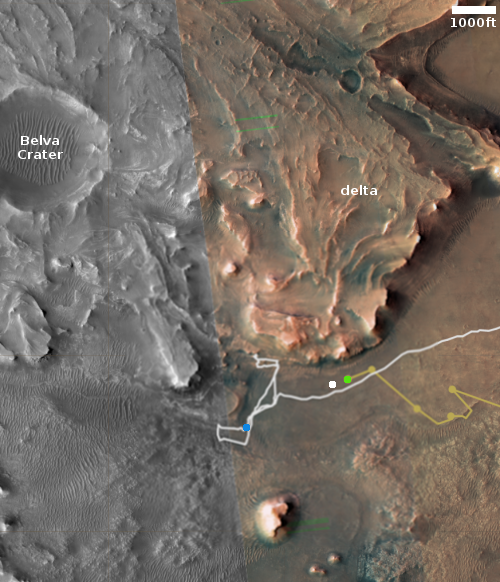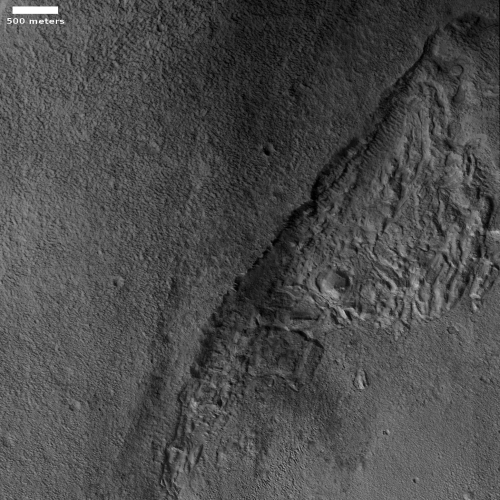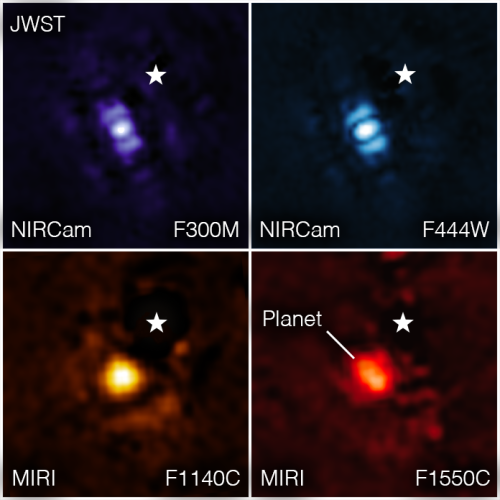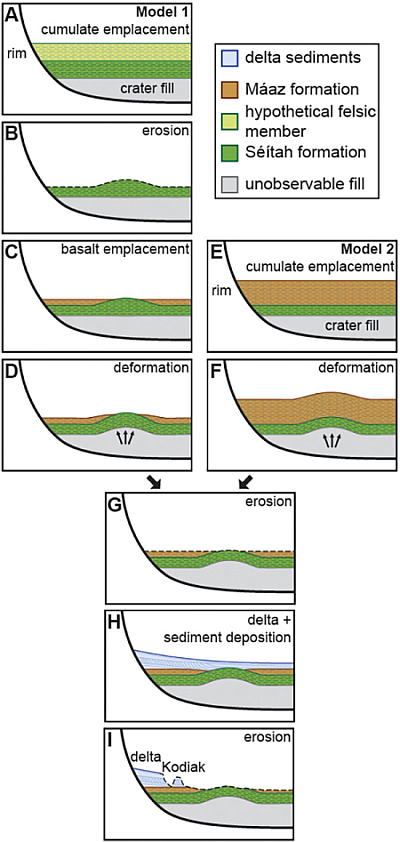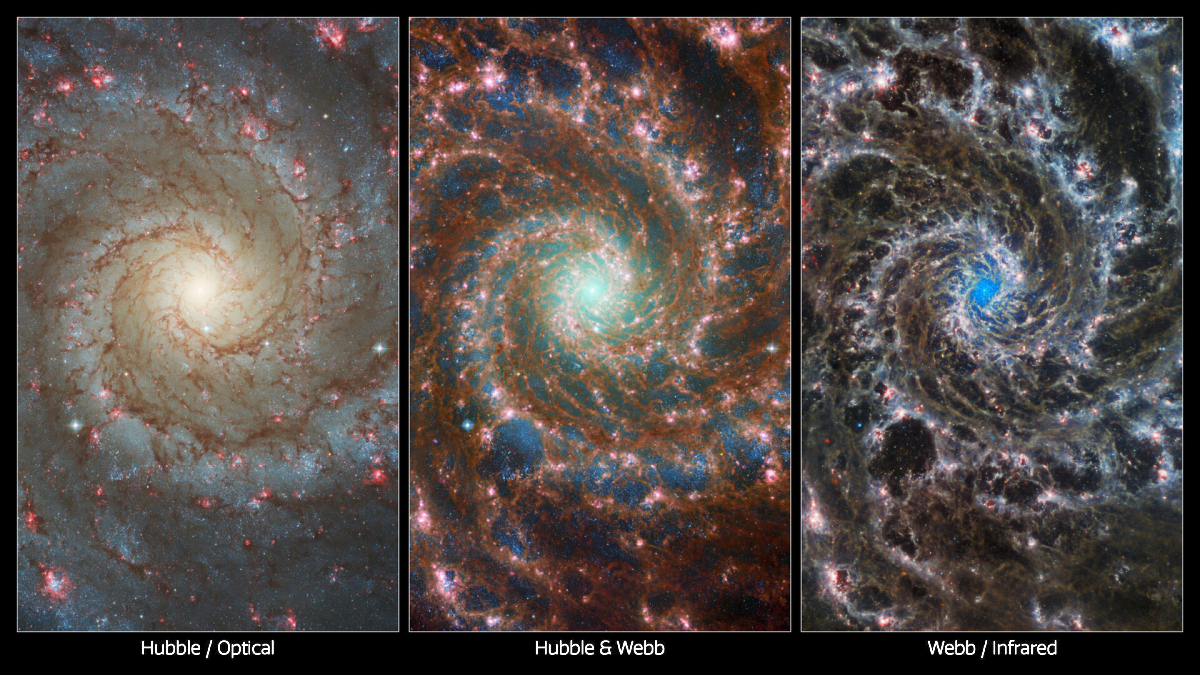Indian rocket startup raises $51 million in private investment capital
Capitalism in space: The Indian rocket startup Skyroot has just raised $51 million in private investment capital for the development of its smallsat rocket, Vikram-1.
Operating as a private aerospace manufacturer and commercial launch service provider in the country, the Hyderabad-headquartered startup has been working on its flagship Vikram series of small-life launch vehicles. The first among them, the Vikram 1, is slated to take to the skies by the end of the year and launch small satellites to space.
The $51 million is the most any private aerospace commercial company from India has ever raised in a single funding round.
Though the Modi government has publicly encouraged the development of a private, independent, commercial aerospace industry, India’s bureaucracy has generally acted to block this effort. In 2019 it convinced the government to create New Space India Limited (NSIL), a wholly government-owned entity which is designed to retain as much control over commercial market share as possible. As recently as one month ago, the NSIL webpage described itself as aiming to “capture” that commercial market. That revealed its purpose too obviously, so the website was rewritten to now say its goal is to “spur” the Indian aerospace sector.
Because NSIL gets government money and has full control over all of India’s already developed government rockets and space facilities, it has an enormous advantage, which acts to discourage investment in new private companies such as Skyroot. This is a similar situation that existed in the U.S. for more than a half century following Apollo. NASA had the resources, controlled all launches, and thus made private investment for independent companies hard to obtain.
This only changed when NASA began awarding contracts to private companies in 2008, whereby the rockets and spacecraft produced were not owned or designed by NASA. And NASA was only forced to do so because Elon Musk happened to have enough of his own money to finance SpaceX himself.
When ISRO (India’s agency) or NSIL begin awarding contracts like this, then company’s like Skyroot will begin to blossom.
Capitalism in space: The Indian rocket startup Skyroot has just raised $51 million in private investment capital for the development of its smallsat rocket, Vikram-1.
Operating as a private aerospace manufacturer and commercial launch service provider in the country, the Hyderabad-headquartered startup has been working on its flagship Vikram series of small-life launch vehicles. The first among them, the Vikram 1, is slated to take to the skies by the end of the year and launch small satellites to space.
The $51 million is the most any private aerospace commercial company from India has ever raised in a single funding round.
Though the Modi government has publicly encouraged the development of a private, independent, commercial aerospace industry, India’s bureaucracy has generally acted to block this effort. In 2019 it convinced the government to create New Space India Limited (NSIL), a wholly government-owned entity which is designed to retain as much control over commercial market share as possible. As recently as one month ago, the NSIL webpage described itself as aiming to “capture” that commercial market. That revealed its purpose too obviously, so the website was rewritten to now say its goal is to “spur” the Indian aerospace sector.
Because NSIL gets government money and has full control over all of India’s already developed government rockets and space facilities, it has an enormous advantage, which acts to discourage investment in new private companies such as Skyroot. This is a similar situation that existed in the U.S. for more than a half century following Apollo. NASA had the resources, controlled all launches, and thus made private investment for independent companies hard to obtain.
This only changed when NASA began awarding contracts to private companies in 2008, whereby the rockets and spacecraft produced were not owned or designed by NASA. And NASA was only forced to do so because Elon Musk happened to have enough of his own money to finance SpaceX himself.
When ISRO (India’s agency) or NSIL begin awarding contracts like this, then company’s like Skyroot will begin to blossom.

